For all of 2021, US growth, the nation’s gross domestic product — its total output of goods and services — jumped by 5.7%, the fastest calendar-year growth since a 7.2% surge in 1984 after a recession. Wednesday’s figure represents the third and final estimate of fourth quarter growth, the government issues three estimates for U.S. GDP each quarter. As reported by the AP:
Looking ahead, however, growth is likely to slow sharply this year, particularly in the first three months of 2022
WASHINGTON (AP) — The US economy ended 2021 by expanding at a healthy 6.9% annual pace from October through December, the government reported Wednesday, a slight downgrade from its previous estimates.
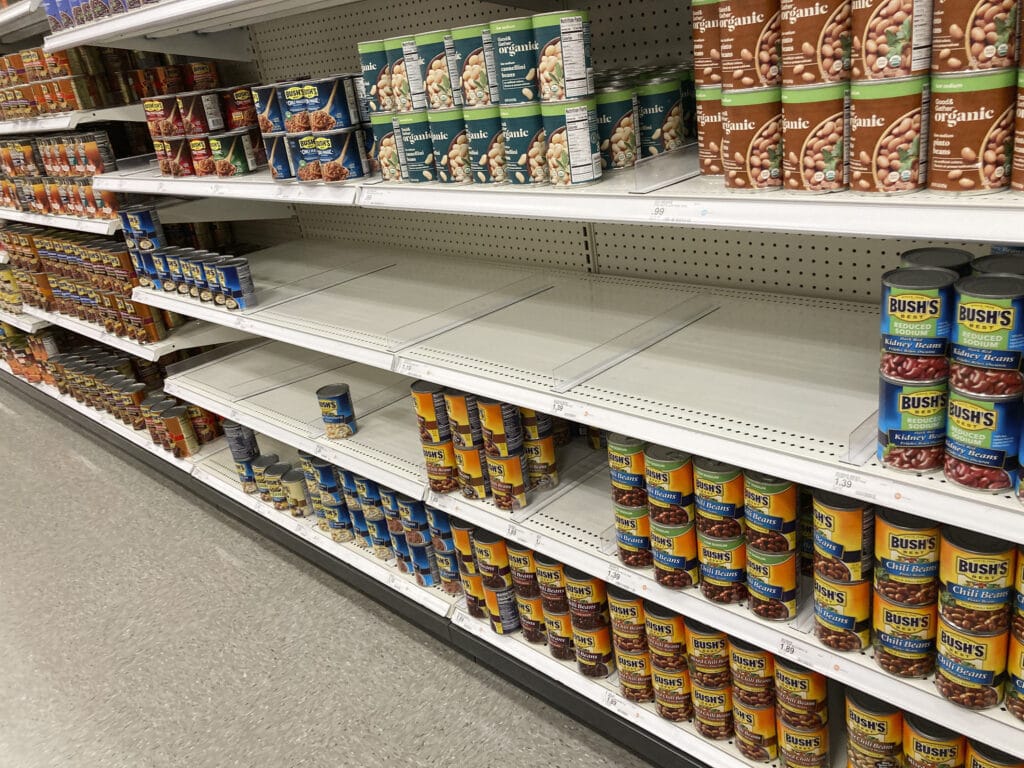
For all of 2021, the nation’s gross domestic product — its total output of goods and services — jumped by 5.7%, the fastest calendar-year growth since a 7.2% surge in 1984 in the aftermath of a brutal recession.
Previously, the government estimated growth in last year’s fourth quarter was 7%. The small downgrade reflected a smaller increase in consumer spending and fewer exports, the Commerce Department said.
Looking ahead, however, US growth is likely to slow sharply this year, particularly in the first three months 2022. Higher inflation in the US, will likely weigh on consumer spending as Americans take a dimmer view of the economy. Home sales have fallen as the US Federal Reserve has started pushing up borrowing costs, leading to a sharp increase in mortgage rates. Exports may weaken as overseas economies are disrupted by Russia’s invasion of Ukraine.
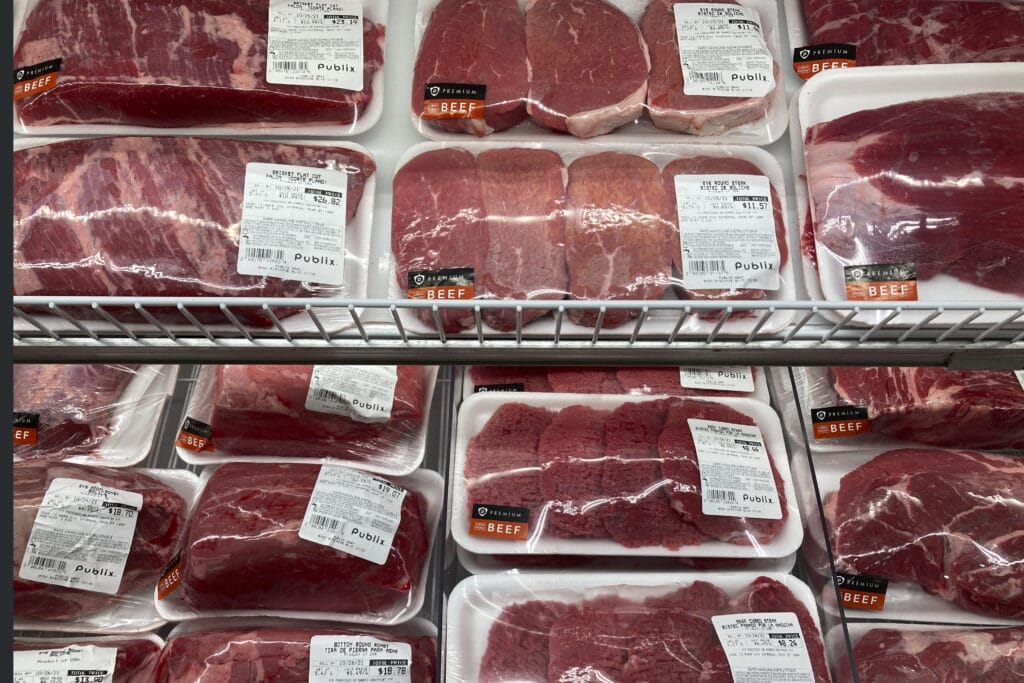
For the January-March quarter of this year, the biggest drag will be a sharp reduction in the amount of goods businesses restock on their shelves and warehouses. In last year’s fourth quarter, companies engaged in a huge buildup of inventories, in an effort to get ahead of supply chain problems for the winter holidays.
That inventory restocking added nearly six percentage points to fourth quarter growth, a boost that wasn’t repeated in the first three months of this year. And solid consumer spending likely pulled in more imports in the first quarter, economists forecast, while a stronger dollar and slower growth overseas reduced U.S. exports. The combination should also weaken the economy in the first quarter.
US Economists forecast that growth could fall to as low as 0.5% in the first three months of the year and may even slip into negative territory.
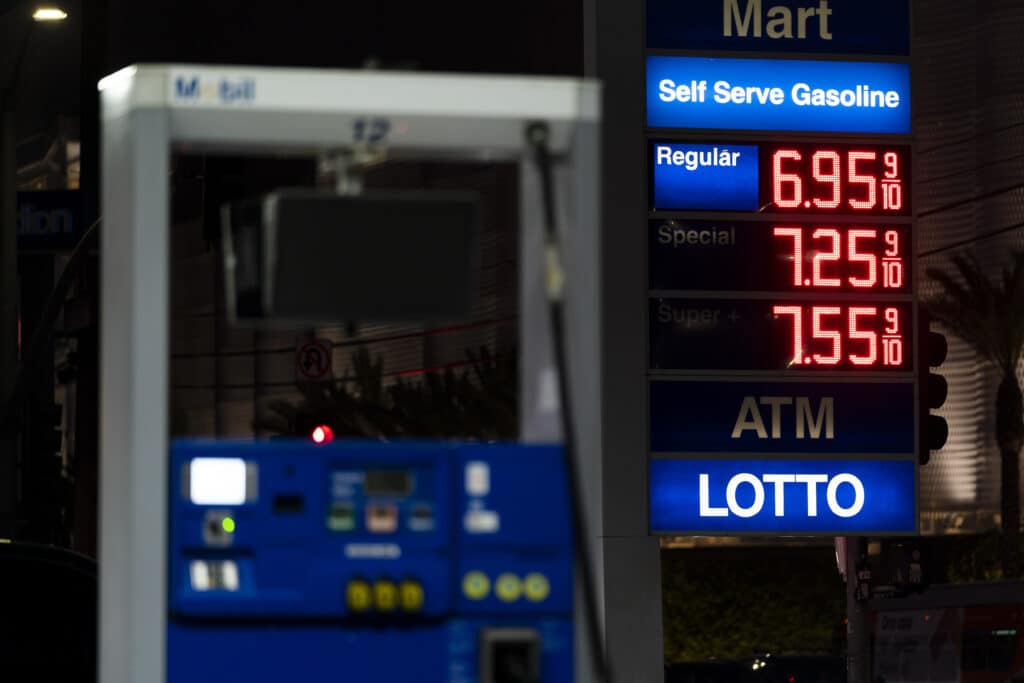
Still, the first quarter will likely be a temporary hiccup. As the pandemic continues to fade, more Americans are traveling, eating out and flying. Businesses are hiring at a healthy clip and boosting pay. The higher income isn’t enough to fully offset inflation but should support continued consumer spending.
Wednesday’s figure represents the third and final estimate of fourth quarter growth. The government issues three estimates for U.S. GDP each quarter. Each report includes more complete source data.
The figures are adjusted for inflation, which has spiked to four-decade highs. Consumer spending rose 2.5% in the fourth quarter, down from the previous estimate of 3.1%. Economists expect spending to remain healthy in the first quarter, even as overall growth slows.
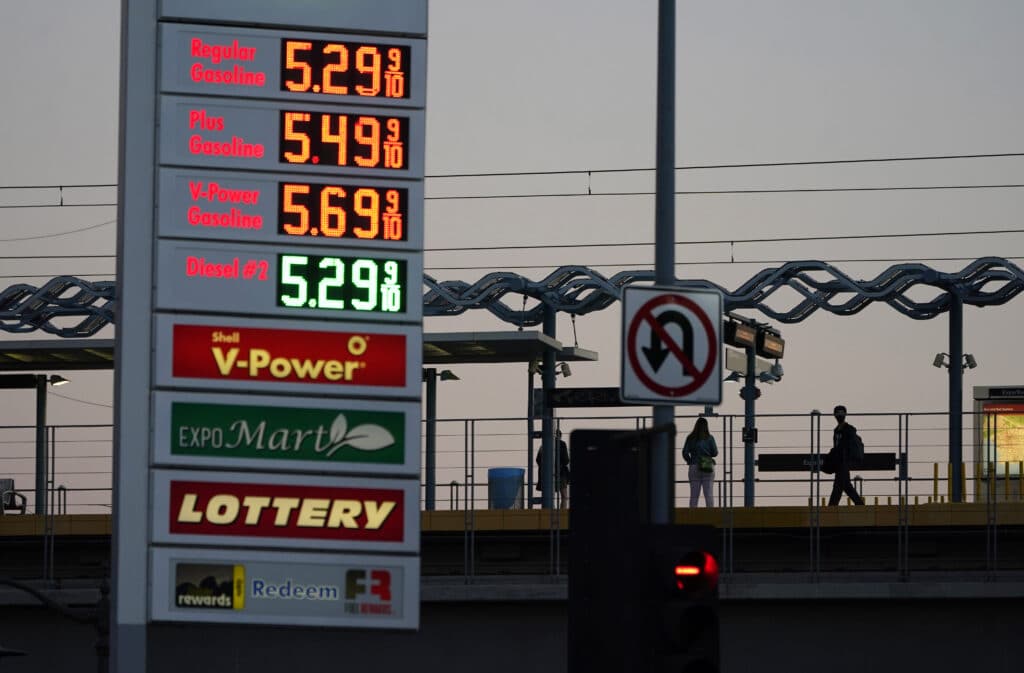
Growth in corporate profits, which have attracted political attention as a potential contributor to inflation, slowed in the fourth quarter. Profits increased $20 billion, or about 0.7%, in the October-December quarter from the previous one. That’s down from a huge jump of nearly $268 billion, or 10.5%, in the second quarter.
The Federal Reserve forecasts the U.S. economy will expand 2.8% this year, much lower than in 2021 but still a solid pace.
The acceleration in inflation has spurred Fed chair Jerome Powell to signal multiple increases in its short-term, benchmark interest rate this year, with one or more of the hikes possibly being a half-point, as opposed to the usual quarter-point increase. Such increases make it more expensive to take out mortgage or auto loans and raise credit card interest rates as well.
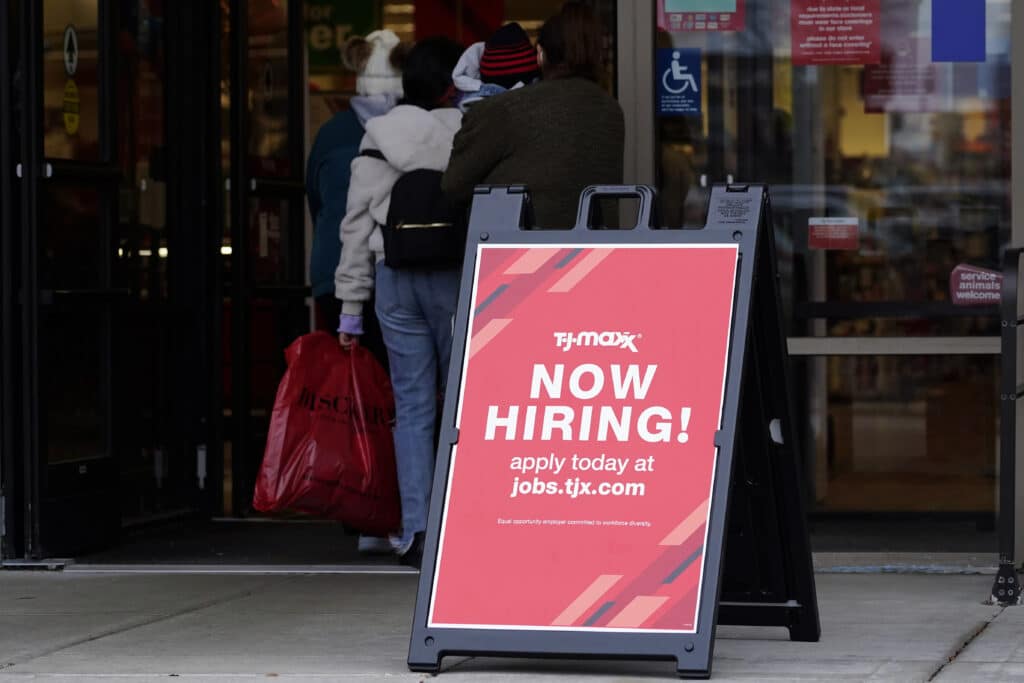
At a meeting earlier this month, Fed policymakers raised their benchmark rate to roughly 0.375%, up from nearly zero, where it had sat since the pandemic hit two years ago. Officials forecast they will raise the rate at least six more times this year to about 1.9%, though comments by Powell suggest it could go higher, particularly if inflation doesn’t show signs of cooling in the coming months.
Rapidly rising interest rates could slow growth and cool hiring. The Fed hopes to pull off a “soft landing” in which inflation comes back down closer to the central bank’s 2% target, without the economy tumbling into a recession. But many economists worry that the higher rates could cause a downturn.
By CHRISTOPHER RUGABER Economics Writer






